Abibrem
(Ɛfiri Abibiman)
- Wɔakyerɛw nsɛm yi wɔ Akuapem kasa mu

Wɔ wiase afanaa nyinaa Abibirem na ɛtɔ so mmienu a ɛso wɔ wiase. Ɛfa wiase no asaase bɛyɛ nnum. Ɛne nsuo akɛseɛ na atwa Ahyia. Yɛwɔ amaman aduonum nan(54) a yɛagye wɔn atom ne wɔn a wɔnnan obiara wɔ abibirem, ɛna ɔhamu nkyekyɛmu du nan akyirepɔ nson(14.7)a ɛyɛ (ɔpepepe baako, ahanu ne du nsia) (1.216) a nnipa dodoɔ a ɛwɔ wiase te hɔ. Ɛyɛ beaɛ a nnipa a ɛdikan baa wiase tenaeɛ.
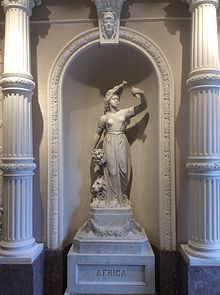
Abakɔsεm[sesa]

Anibue[sesa]

Afe 8 kɔpem afe 1800[sesa]
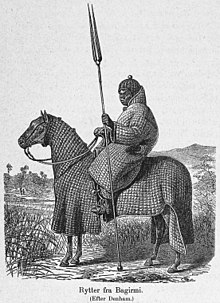
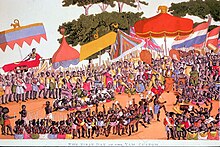
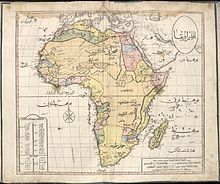
Nkoasom[sesa]
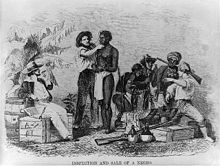

Belgium
Germany
Spain
France
United Kingdom
Italy
Portugal
independent
Post-colonial Africa[sesa]


Wiemu Nsakraeε[sesa]

Mmoadɔm[sesa]


Amanwɔsεm[sesa]
Abibiman Nakbomu Kuo[sesa]

Kasa Ahodoɔ[sesa]
Amamerε[sesa]
Agodie[sesa]
εsom[sesa]
 |
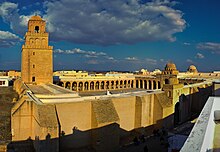 |
 |
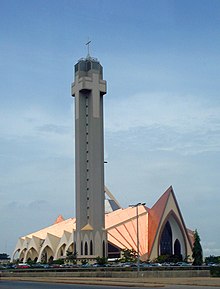 |
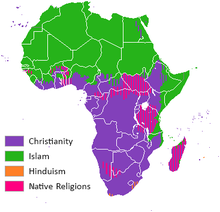 |
Ahyeε[sesa]
Nhwehwεmu[sesa]
- ↑ Kng, Hans (2006). Hans Kung, Tracing the Way : Spiritual Dimensions of the World Religions. Continuum International Publishing Group. p. 248. ISBN 978-0-8264-9423-8. Retrieved 4 October 2014.
| Abibiman | |
|---|---|
| Algeria • Angola • Benin • Botswana • Burkina Faso • Burundi • Camerun • Cape Verde • Central African Republic • Chad • Comoros • Democratic Republic de li Congo • Republic de Congo • Costa de Ivor • Djibouti • Egiptia • Equatorial Guinea • Eritrea • Ethiopia • Gabon • Gambia • Ghana • Guinea • Guinea-Bissau • Kenya • Lesotho • Liberia • Libya • Madagascar • Malawi • Mali • Mauritania • Mauritius • Morocco • Mozambique • Namibia • Niger • Nigeria • Rwanda • São Tomé e Príncipe • Senegal • Seychelles • Sierra Leone • Somalia • Sudafrica • Sud-Sudan • Sudan • Swaziland • Tanzania • Togo • Tunisia • Uganda • Zambia • Zimbabwe |
